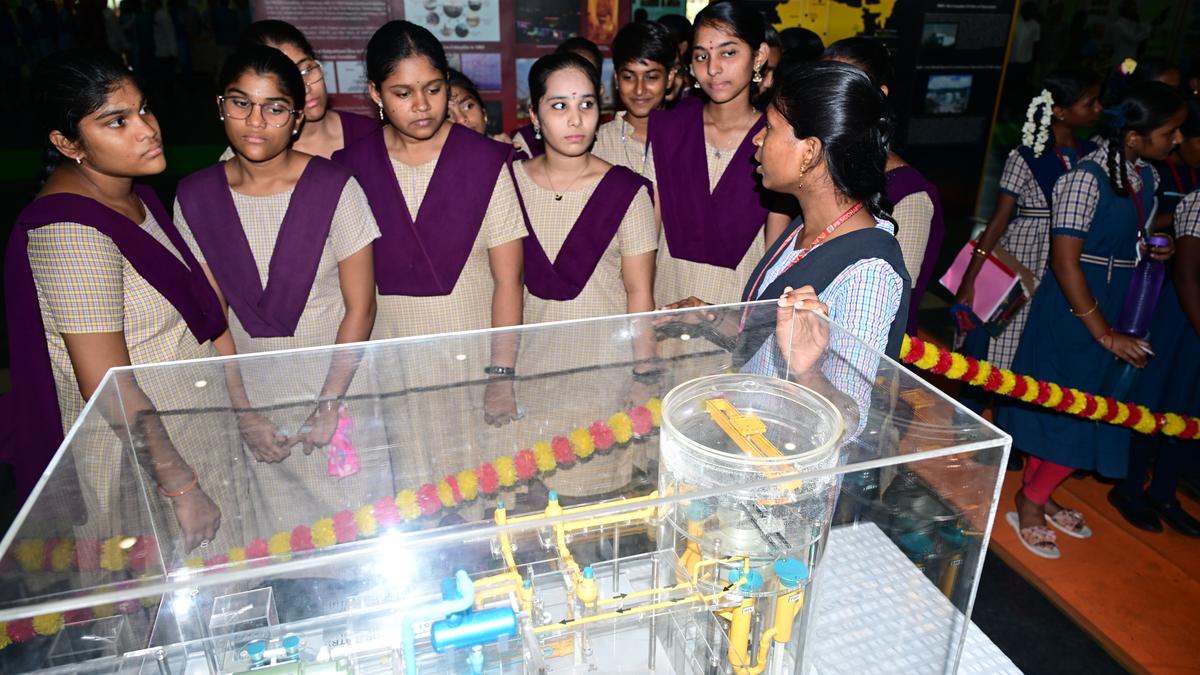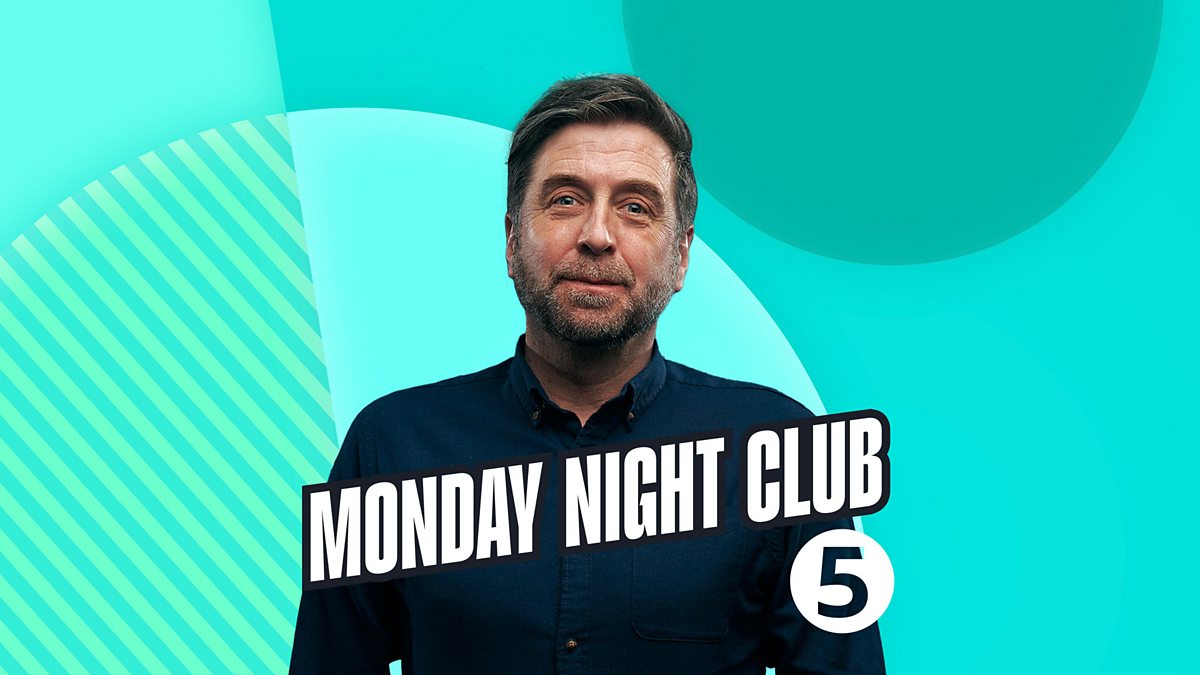By Andy Lall Princes Town
Copyright trinidadexpress

In Trinidad and Tobago, we love to boast about being “a nation that never sleeps”. But there is a difference between a vibrant nightlife and being forced to live under a glare so harsh that it steals our rest, our health, and even our safety. Light pollution is not just a minor nuisance—it is a growing crisis that affects our communities, our environment, and our future. And yet, while the world is waking up to this issue, we in Trinidad remain in the dark when it comes to legislation.
Internationally, light pollution has been recognised as a legitimate public health and environmental concern. In the United Kingdom, for example, excessive artificial light is regulated under the Clean Neighbourhoods and Environment Act 2005, which allows residents to file complaints against intrusive lighting. The European Union has published strict guidelines on light emissions, particularly for urban planning and outdoor advertising, to preserve both public safety and biodiversity.
In the United States, many cities—such as Flagstaff, Arizona, the world’s first “Dark Sky City”—have enforced ordinances requiring shielded street lights and limits on outdoor lighting. Even closer to home, Costa Rica and Chile, both countries with strong ecotourism industries, have laws controlling artificial light to protect their skies for stargazing and their wildlife for survival.
Meanwhile, in Trinidad and Tobago, residents are left powerless when faced with neighbours who flood their yards with blinding floodlights that spill into adjoining properties, destroying sleep and peace of mind. We see high-powered LED street lamps installed without thought for direction or shielding, lighting up entire homes rather than just the road. And perhaps most dangerously, we see the rise of blinding after-market LED headlights on vehicles—lights so intense that they turn every night drive into a gamble with death. Across the world, including in Europe, there are strict lumen and angle limits on automotive lights, enforced through vehicle inspection systems. Here, drivers are free to install blinding blue or white lights that not only make oncoming traffic hazardous but also contribute to nighttime glare and visual fatigue.
The science is clear. Excessive artificial light disrupts human circadian rhythms, increasing risks of insomnia, depression, obesity, and even cancer. It disorients wildlife, from nesting turtles to migrating birds, which are critical parts of our natural heritage. And it wastes enormous amounts of energy—energy we pay for, and energy that contributes to carbon emissions.
Why should we continue to lag behind the world? Trinidad and Tobago has already made strides in environmental legislation—on waste management, quarrying, and air pollution. It is time to take the next step. We need clear, enforceable standards for outdoor lighting: limits on intensity, mandatory shielding of floodlights, penalties for nuisance light, and strict regulations on vehicle headlights.
This is not about taking away light—it is about giving people back their right to darkness. A right to sleep peacefully in their own homes. A right to drive safely on the nation’s roads. A right for our children to look up and actually see the stars, instead of a sky blanked out by white haze.
The rest of the world has already moved to protect its skies, its citizens, and its ecosystems from the dangers of light pollution. Trinidad and Tobago cannot afford to stay behind. It is time our Government took this matter seriously and drafted laws that reflect the realities of modern lighting technology.
Until then, we remain trapped in the glare—robbed of our health, our safety, and our night.



